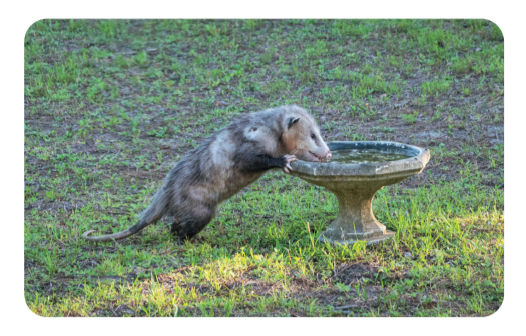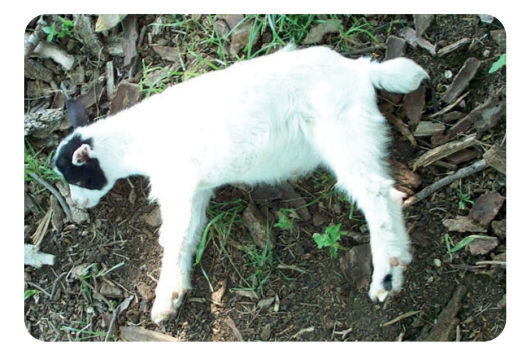Zombies: Where did the Fiction Come From?
- theexploreroffice
- Aug 7
- 4 min read
Updated: Aug 9
You’ve probably seen zombies in movies or video games-slow, creepy creatures with outstretched arms, moaning for “braaaains!” But what if we told you that there’s a place where people believe zombies are real-and even scientists went there to investigate?

Let’s take a trip to Haiti, a country in the Caribbean, where real-life zombie stories have been told for generations. These aren’t the same as the Hollywood zombies, but their stories are.
The Zombie Detective
Back in the 1980s, a scientist named Dr. Wade Davis from Harvard University heard about a man named Clairvius Narcisse, who had supposedly died-but then showed up alive 18 years later, claiming he had been turned into a zombie!
Dr. Davis traveled to Haiti to study this mystery. He talked to voodoo priests called bokors, people who are believed to use magic and potions. He even collected samples of the so-called “zombie powder” they used.
What is in Zombie Powder?
Zombie powder isn’t made of spooky magic-it’s actually a mix of strange and sometimes dangerous ingredients:
Puffer fish – Contains a poison called tetrodotoxin, which can make people look dead even if they’re alive!
Toads and frogs – Their skin has toxins that can irritate your skin or mess with your brain.
Human bones and plants – Yes, really. These powders even include parts of people and strong hallucinogenic (mind-altering) plants.
How to Make a Zombie

Here’s how the process works-at least in Haitian folklore:
Step 1: The powder is rubbed on the skin to get the poison into the body.
Step 2: The person gets very sick-they may not move, talk, or breathe much. They seem...
dead.
Step 3: They’re buried, then secretly dug up by the bokor.
Step 4: They’re given a “zombie cucumber”, a mix of drugs that causes confusion and
makes them easier to control.
Step 5: They’re forced to work, often as laborers on farms.
Creepy, right? But scientists think it’s less about magic and more about powerful poisons, hallucinations, and belief in the culture of zombies.
Can Zombies Be Real?
Most scientists say that these “zombies” weren’t dead and brought back to life. Instead, they were poisoned, buried alive, then drugged again-and believed they had turned into zombies. In Haiti, this belief is so strong, it’s even in their laws. Making a zombie is actually a crime, treated like attempted murder!
From Haiti to Hollywood
Zombies as we know them today-like the ones in The Walking Dead or Plants vs. Zombies-got their start in movies. In 1968, director George Romero made a movie called Night of the Living Dead, and it changed zombies forever. These new zombies:
1. Came back from the dead for no reason
2. Ate people (especially their brains!)
3. Could only be stopped by destroying their brains
That became the “zombie rulebook” for almost every game and movie since!
Can We Survive a Zombie Outbreak?

Believe it or not, scientists have done the math! Two mathematicians in Canada used computer models to see what would happen if a zombie virus spread like a disease.
The result? If people didn’t act fast and aggressively, zombies would win. Yikes!
They found that:
In the wild, survival often depends on creativity. While claws, camouflage, or venom are typical defenses, some animals go a step further - they play dead, freeze, or enter trance-like states that eerily resemble zombies. These behaviors, known as tonic immobility or thanatosis, are some of nature’s most bizarre and effective survival tactics.
Zombie Animals: A Survival Trick
One of the most famous “zombie” acts comes from the Virginia opossum (see Image 1 on next page). When cornered by a predator, it suddenly collapses, eyes open and tongue hanging out, mimicking the appearance and even smell of a rotting corpse. This trick convinces many predators that the opossum is ei-ther diseased or already dead - and not worth eating.

Similarly, the Eastern hognose snake (Image 2) is a master actor. If puffing up and hissing like a cobra doesn’t scare off attackers, it resorts to drama. The snake flips onto its back, writhes as if in ago-ny, then lies limp with its mouth open and tongue lolling out. If turned right-side-up, it will dra-matically roll over again - committed to the role of “dead snake.”

Another remarkable example is the young goat of the Myotonic breed, sometimes called the “fainting goat.” (Image 3) While it’s not faking death in response to predators, it involuntarily freezes and topples over when startled due to a genetic condition. Though unintentional, this momentary stiffness can confuse predators long enough for the herd to escape.

In the insect world, certain beetles and spiders employ similar tactics. The longhorn beetle can fall from a leaf and lie motionless for minutes after sensing danger. Predators like birds, which rely on movement to detect prey, often lose interest. Likewise, jumping spiders some-times “play dead” when caught by larger predators - even other spiders.
Some fish also use tonic immobility. The lemon shark, for example, can be induced into a trance-like state when flipped onto its back - a phenomenon used by researchers to study them. While it’s not a defense mechanism in the wild, it reveals that immobility responses are embed-ded in the biology of many animals.
What makes these behaviors particularly fascinating is their psychological basis. When an ani-mal “plays dead,” its heart rate slows, muscles relax, and consciousness sometimes dims. It’s not just acting it’s a deep, primal reflex to stress and threat.
This “zombie mode” may seem strange to us, but in nature, it works. Predators are often unin-terested in lifeless or possibly diseased prey. By mimicking death, these animals buy precious moments to escape - or avoid being eaten altogether.
So, the next time you think of zombies, remember: some of nature’s cleverest creatures have been pulling off the act long before Hollywood ever did.
Fun Facts for Future Zombie Experts
In Japan, some people eat pufferfish (fugu), but chefs must prepare it carefully or the poison can make people seem dead-just like the Haitian zombies!
Haitian “zombies” were likely never dead-just poisoned and believed to be under control.
A real zombie outbreak is super unlikely, but it’s a fun way to learn about science, diseases, and cultures!



Comments